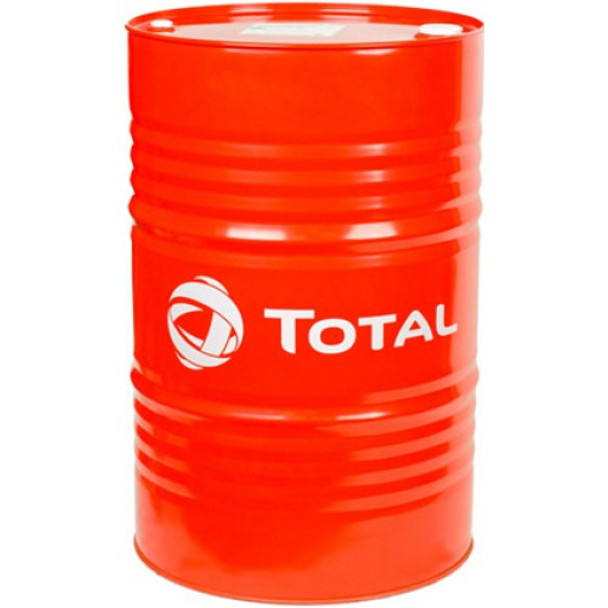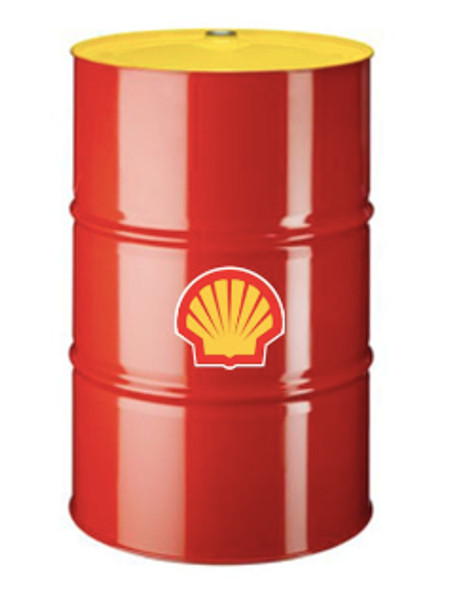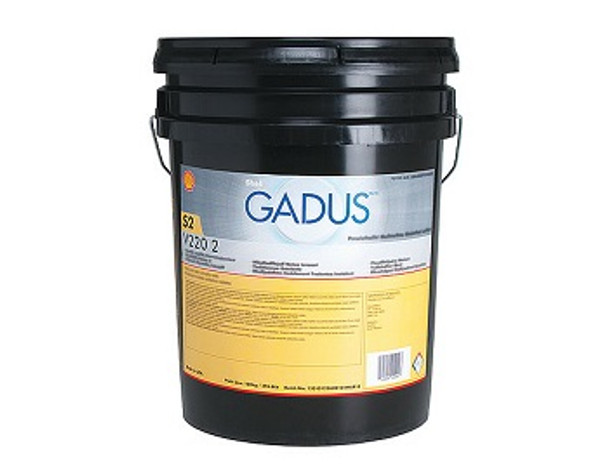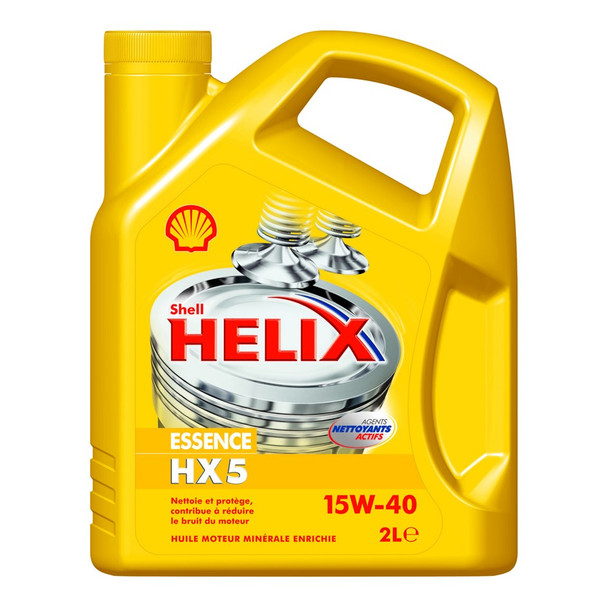Preventive Maintenance: The Role of Lubricants in Machine Health
Preventive Maintenance
Preventive maintenance (PM) is essential for ensuring the durability and efficiency of machines. By performing routine checks and care, businesses can minimize unexpected breakdowns and prolong equipment life. Within PM, lubrication plays a critical role. Lubricants reduce friction, manage temperature, and prevent wear, helping machines operate smoothly. Investing in quality lubricants as part of preventive maintenance is a strategic choice for businesses to protect valuable machinery.
Why Lubricants are Essential in Machine Maintenance
Lubricants serve several vital functions that contribute to machine health, particularly in challenging industrial environments:
1. Reducing Friction and Wear:
Friction between moving parts is one of the primary causes of machine wear. Lubricants create a thin film between surfaces, reducing direct contact and preventing excessive wear. This reduction in friction ensures that components last longer, which is crucial for heavy-duty machinery frequently used in manufacturing and industrial applications.
2. Temperature Control:
Industrial machines generate considerable heat due to constant operation. Lubricants help manage this heat by absorbing and dispersing it away from essential parts, preventing overheating and potential equipment damage. Proper temperature management leads to more efficient energy use and reduces strain on machine components.
3. Corrosion Resistance:
Machines, especially those exposed to moisture or humidity, are prone to rust and oxidation. Lubricants provide a protective barrier against corrosive elements, extending the life of machine parts and reducing the need for premature replacement.
Total Azolla ZS 68 205L Drum
Types of Lubricants and Their Applications
Selecting the right lubricant depends on the specific application and operating conditions. Here are some common types and their uses:
1. Industrial Oils:
These oils are designed for high-speed machinery, such as turbines and compressors. They help to maintain stable operations under constant load, making them ideal for energy and manufacturing industries where continuous operation is standard.
2. Greases:
Commonly used for high-impact or heavy-load applications, greases have a thick consistency that allows them to remain in place, even in harsh conditions. They are often applied to machinery with moving parts that require long-lasting lubrication, such as gears, bearings, and joints.
3. Synthetic Lubricants:
Engineered for extreme environments, synthetic lubricants offer superior performance in high temperatures or under heavy pressure. Their enhanced stability makes them suitable for applications in industries like aviation and automotive.
4. Solid Lubricants:
These are ideal for environments where liquid lubricants cannot be used, such as high-vacuum or high-temperature applications. Solid lubricants like graphite and molybdenum disulfide provide a smooth surface for parts that might otherwise seize up.
Choosing the Right Lubricant for Preventive Maintenance
Choosing the correct lubricant requires consideration of several factors:
1. Key Factors to Consider:
Look at the viscosity, operating temperature, machine load, and compatibility with materials. For example, higher viscosity oils are suitable for slow-moving, heavy-load machinery, while low-viscosity oils work best in fast-moving parts.
2. Manufacturer Recommendations:
Manufacturers often provide specifications and recommendations for lubricants based on their testing. These guidelines ensure optimal performance and compatibility with the machine's internal components.
3. Environmental Considerations:
Eco-friendly lubricants are increasingly available, offering sustainable options for industries that prioritize environmental impact. These biodegradable lubricants are safe for industries with stringent environmental regulations.
Mobilux EP 2 Grease Oil
Steps to Implement Effective Lubrication in Preventive Maintenance
To fully utilize lubricants as part of preventive maintenance, it’s essential to follow a structured approach. Below are practical steps for implementing effective lubrication practices:
1. Create a Lubrication Schedule:
Develop a schedule based on the manufacturer’s guidelines and specific needs of the machine. This schedule should cover the frequency and amount of lubricant application to avoid under- or over-lubrication.
2. Use Proper Application Techniques:
Applying the right amount of lubricant in the right manner is crucial. For instance, greases often need to be applied through grease fittings, whereas oils can be added via reservoirs or lubricators. Using the correct tools for application, such as grease guns or oil dispensers, ensures consistent application.
3. Track and Document Lubrication Maintenance:
Keep detailed records of every lubrication task. Documenting lubricant types, application dates, and any observed machine issues can provide insights into equipment performance and detect trends or areas for improvement.
4. Monitor Lubricant Quality and Condition:
Regularly checking the quality of the lubricant in use helps identify contamination or degradation. Oil analysis and grease sampling can reveal signs of wear, contamination, and whether a lubricant needs to be replaced. This monitoring can also serve as an early warning system for potential machine issues.
Shell Argina S3-40
Benefits of Regular Lubrication in Industrial Settings
Using lubrication as a preventive maintenance tool brings numerous benefits that impact both short-term operations and long-term financial performance:
1. Reduces Downtime and Increases Productivity:
By minimizing the risk of mechanical failures, routine lubrication enables uninterrupted operations, which is especially valuable in industries relying on continuous machinery function.
2. Extends Equipment Lifespan:
Regular lubrication directly reduces wear and tear, allowing machines to operate longer before needing parts replacement. This results in better return on investment and decreases capital expenditure over time.
3. Lowers Maintenance Costs:
Preventive lubrication minimizes the frequency and severity of repairs. Companies save on maintenance expenses by avoiding costly, unplanned interventions and reducing the need for extensive replacements.
4. Improves Safety in the Workplace:
Well-lubricated machines perform more reliably and pose less risk of sudden malfunctions. This reliability ensures a safer environment for operators and technicians working around heavy machinery.
Shell Gadus S2 V220 2 Grease
Common Mistakes in Lubrication and How to Avoid Them
While lubrication may seem straightforward, several common mistakes can reduce its effectiveness. Awareness and corrective actions are essential:
1. Over-Lubrication:
Applying too much lubricant can lead to excess build-up, causing leaks, heat, and even contamination. Following precise manufacturer instructions can prevent over-lubrication.
2. Under-Lubrication:
Insufficient lubrication often results in increased friction, wear, and potential equipment failure. A well-planned lubrication schedule helps avoid under-lubrication.
3. Using Incorrect Lubricant Types:
Mismatched lubricants can lead to accelerated wear or part incompatibility. Ensure that lubricants meet the specifications for each machine type and usage condition.
4. Ignoring Environmental Impact on Lubricants:
Operating conditions, such as humidity or extreme temperatures, can degrade lubricants faster. Regularly assessing environmental factors ensures that lubricants are suitable and effective under given conditions.
Innovations in Lubricant Technology and Future Trends
Advancements in lubrication technology have paved the way for improved machine efficiency. Staying updated with these trends can help industries optimize machine performance:
1. Biodegradable Lubricants:
Eco-friendly lubricants that offer excellent performance while being less harmful to the environment are increasingly available, especially for industries with stringent environmental regulations.
2. Synthetic and Semi-Synthetic Options:
These lubricants are formulated for high durability and efficiency in extreme conditions, providing better thermal stability and resistance to oxidation.
3. Smart Lubrication Systems:
Some modern machines come equipped with automated lubrication systems that track lubricant levels and apply them as needed, helping maintain optimal conditions without manual intervention.
Shell Helix HX5 15W-40 Multi grade engine oil
FAQs about Preventive Maintenance with Lubricants
1. What’s the best way to know when to reapply lubricant?
Following a set maintenance schedule based on manufacturer recommendations is the most reliable way. Additionally, monitoring lubricant condition helps identify any early signs of degradation.
2. How can I tell if my lubricant is contaminated?
Signs of contamination include changes in color, viscosity, and the presence of particles. Lubricant testing or oil analysis provides detailed insights into its condition.
3. What type of lubricant is best for high-temperature environments?
Synthetic oils or greases are typically better suited for high-temperature applications as they offer superior stability and performance.
4. How does lubricant choice affect environmental compliance?
Environmentally-friendly lubricants, such as biodegradable options, reduce environmental impact and may help meet regulatory requirements in sensitive areas.
5. Can I use the same lubricant across different machines?
Not always. Each machine type has specific requirements, and using a single lubricant across different machines may lead to poor performance or damage.
Related Article
Impact of Lubricant Quality on Machinery Performance
The Benefits of Using High-Grade Industrial Lubricants
Readers also Watched...
Conclusion
Using quality lubricants as part of preventive maintenance is critical to keeping machinery running smoothly, extending its life, and minimizing costs associated with downtime and repairs. Adopting regular lubrication practices offers advantages that affect productivity, efficiency, and safety across industries. For reliable and high-performance industrial lubricants and maintenance products, visit GZ Industrial Supplies and discover our extensive range of solutions tailored for every industrial need.
Recent Posts
-
Why Serious Mechanics Are Switching to Japanese-Made Shinano Air Tools
Japanese-Made Shinano Air Tools Key takeaway: Shinano’s tight-tolerance, twin-hammer designs d …Apr 24, 2025 -
Top 10 Hand Tool Brands for Professionals
Introduction When it comes to professional hand tools, quality, durability, and reliability are para …Apr 23, 2025 -
HOW DOES CORROSION INHIBITOR WORK
Introduction Corrosion has posed a lot of problems to various companies and industries; by interfer …Apr 22, 2025










